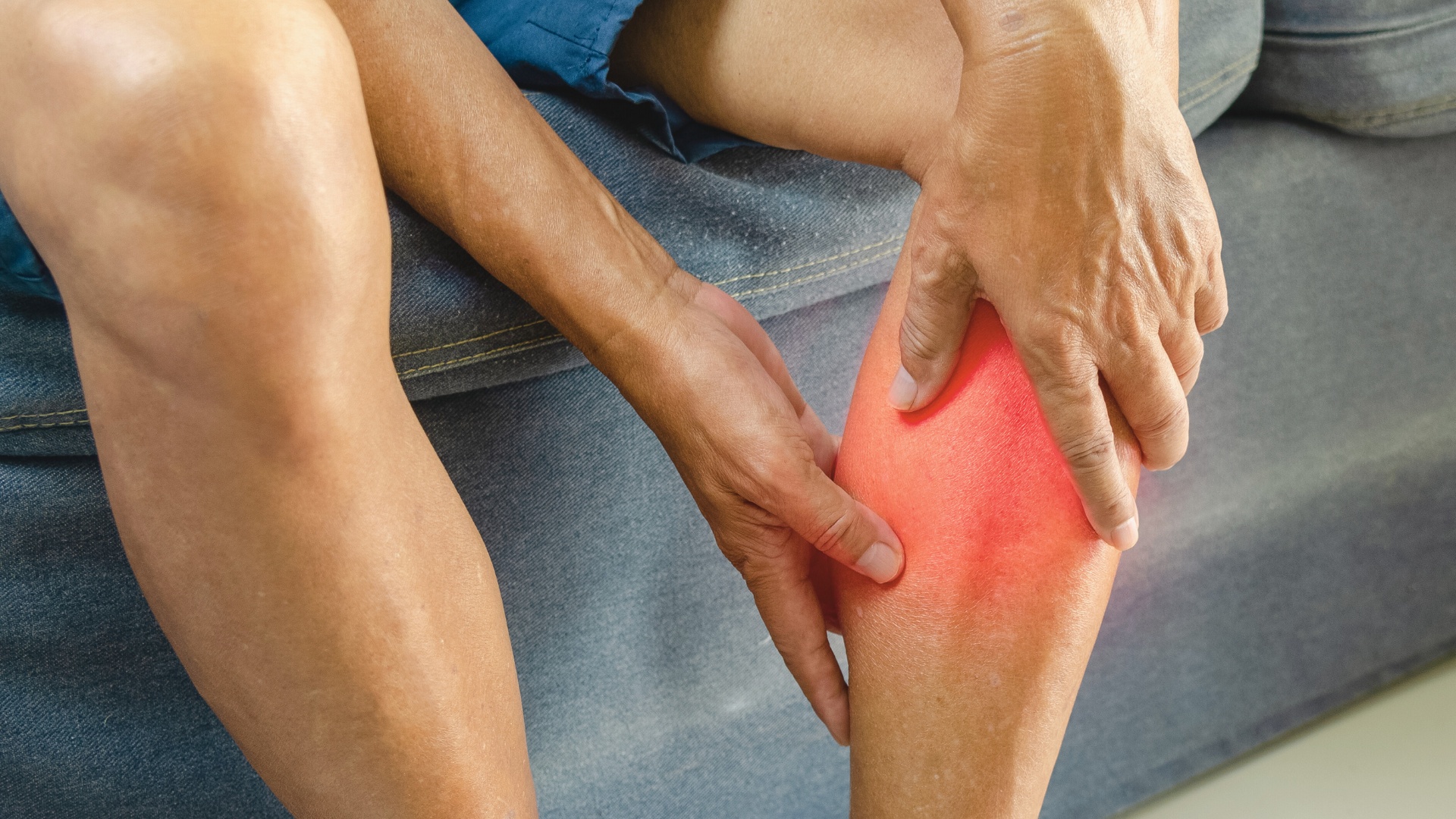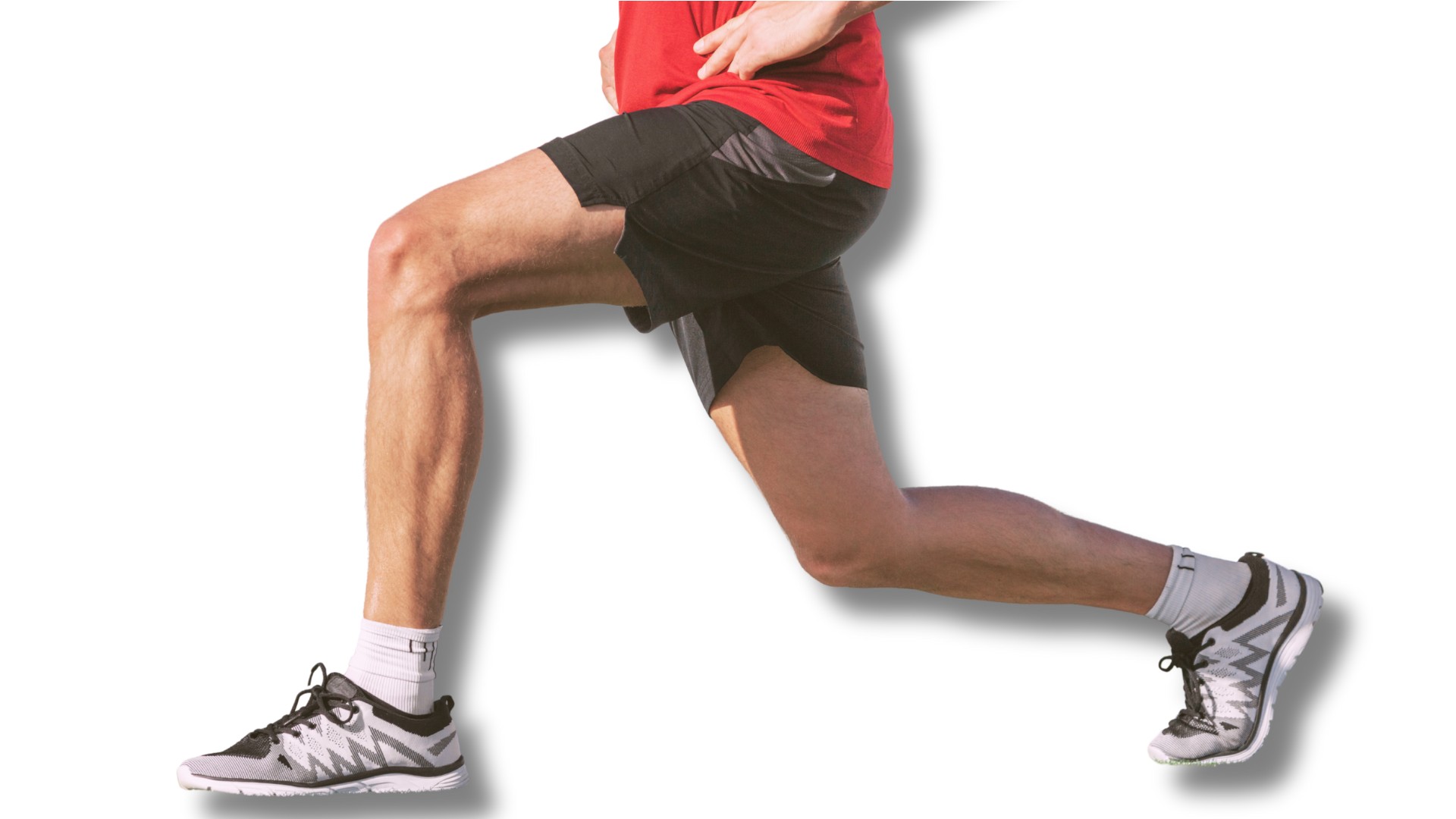Did you know that 6 in 10 adults get leg cramps at some point in their lives? Most people think that these cramps happen in the calf, but muscle spasms behind the knee are also common. They can appear suddenly, cause sharp pain, and make it hard for you to move or even sleep.
To understand why muscle spasms occur behind the knee, we need to learn the triggers that activate them. This article explains their main causes so you know exactly why they occur.
ANF Therapy® is an advanced frequency-based approach that involves applying small wearable devices to support healing in the targeted areas of the body, such as behind the knee. The devices are placed on the skin surface in specific body areas by trained ANF practitioners.
What Are Knee Muscle Spasms?
Muscle spasms are sudden muscle contractions that you cannot control. The spasm itself usually passes quickly, but the pain can be strong enough to prevent normal movement or disrupt sleep. When muscle spasms occur behind the knee, they are a reaction of the body when the muscles or tissues in that area are under stress.
The back of the knee, known as the popliteal area, is a small space that contains the hamstring tendons, the calf muscle (gastrocnemius), the small popliteus muscle, and important nerves and blood vessels. Since many body parts are packed closely together, even small amounts of strain, irritation, or imbalance can trigger a spasm.
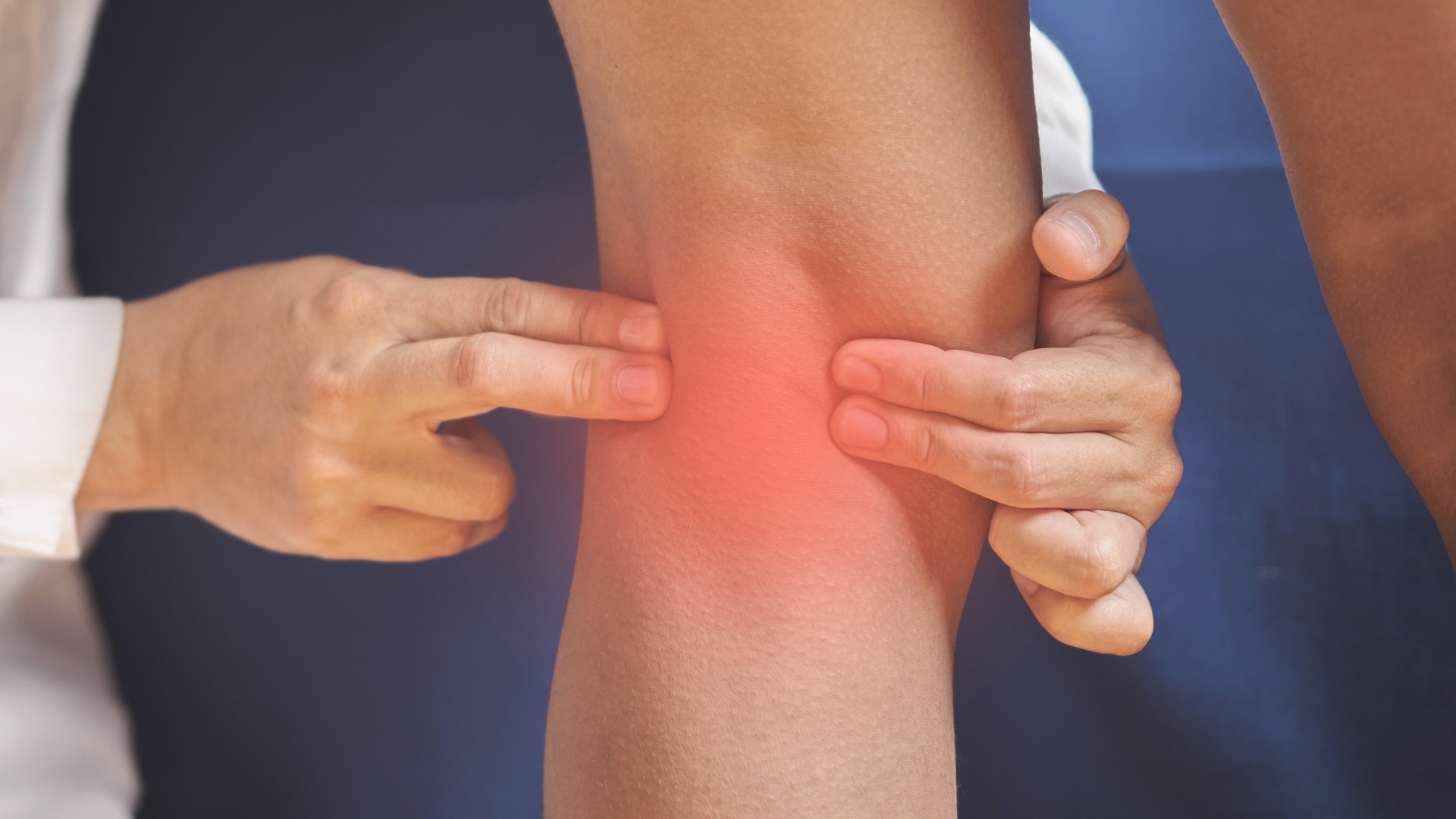
Common Causes of Muscle Spasms Behind the Knee
Muscle spasms behind the knee can happen for several reasons. The most common causes include:
Muscle Strain or Fatigue
One of the most common causes of muscle spasms behind the knee is muscle overuse or strain. The hamstrings and the gastrocnemius both pass across the knee joint. They remain in constant use for walking, climbing stairs, and running. When these muscles exert too much force, injuries can occur in the fibers. As a defense mechanism, the muscle may tighten on its own, leading to a spasm.
Studies show that exercise-associated muscle cramps are common among athletes, with rates ranging from 30% to 67% across sports. But it’s not only athletes who are affected. Even people who stand for long hours or repeat the same movement many times can tire these muscles enough to cause spasms behind the knee.
Dehydration and Electrolyte Imbalance
Muscles require electrolytes, such as sodium, potassium, calcium, and magnesium, to function properly. These minerals help send signals between nerves and muscles, allowing them to contract and relax. When the body loses too much fluid nd when electrolytes become unbalanced, the nerves can become overactive. This makes the muscles more likely to spasm suddenly.
In fact, dehydration and low electrolyte levels are two of the strongest triggers of leg cramps, particularly in hot weather or after prolonged exercise. The prevalence of dehydration in the United States ranges from 17% to 28%, which helps explain why muscle spasms are so common.
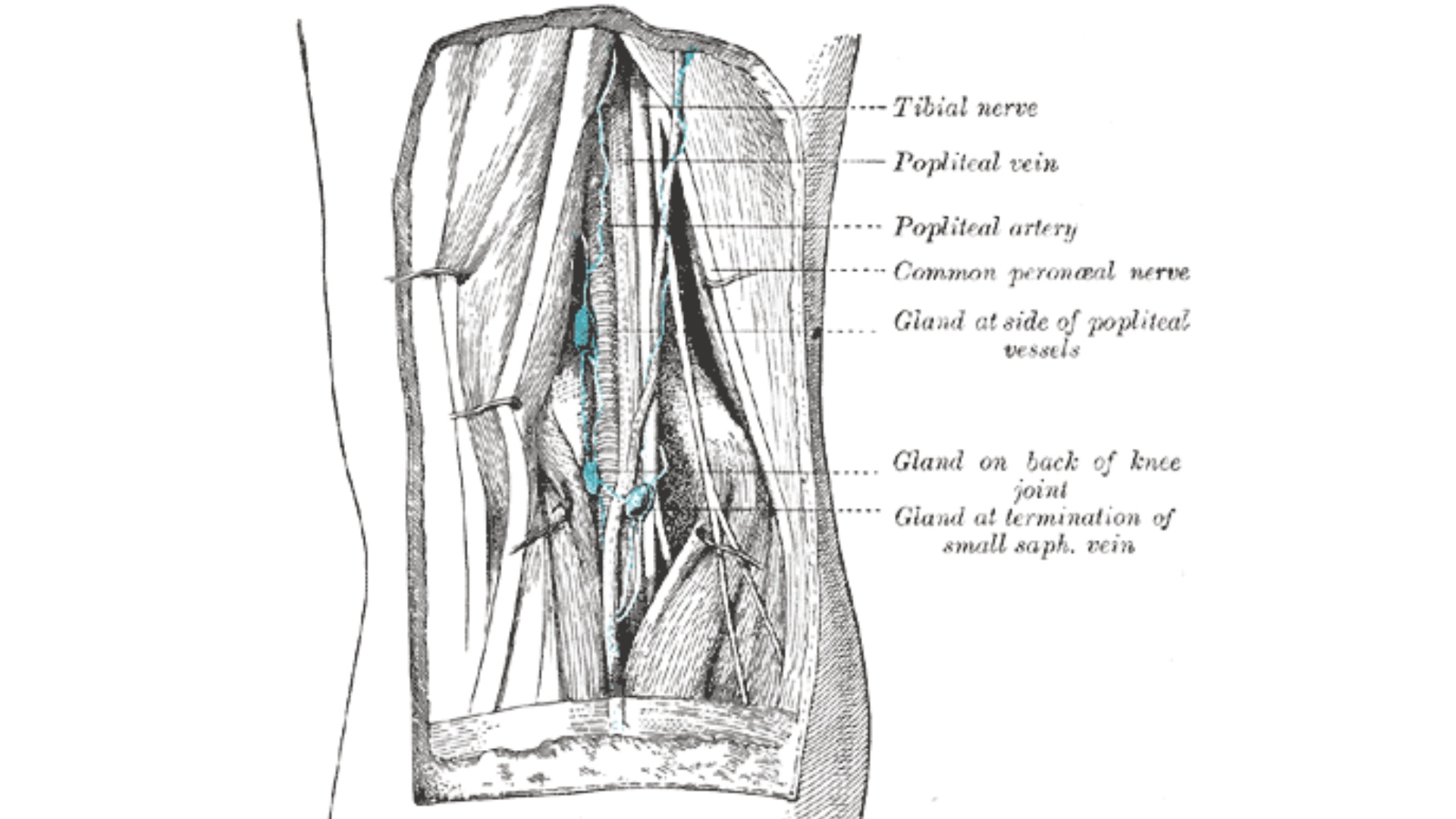
Nerve Issues
The tibial nerve and its branches pass through the back of the knee, in an area called the popliteal fossa. If this nerve becomes irritated from a slipped spinal disc, compression, or swelling, it can send abnormal signals to the muscles. This can cause them to contract suddenly, resulting in a spasm.
Case reports show that people with nerve compression often develop cramps in the hamstrings and calf that spread around the knee. In older adults, conditions like spinal stenosis (narrowing of the spinal canal) and nerve damage are common.
Poor Circulation
Muscles need enough oxygen to function. When blood flow is reduced, blood oxygen level drops, and lactic acid builds up. This makes the muscle more sensitive and more likely to spasm.
One common cause is peripheral artery disease, where the arteries become narrowed. Studies show that about 12% to 20% of adults in the U.S. have peripheral artery disease in their lower limbs. Many of them report cramping pain in the legs, including behind the knee. Even without such a disorder, poor circulation can occur if you sit, stand, or cross your legs for long periods, which may be enough to trigger a spasm.
Joint Diseases
Problems inside the knee joint can also lead to spasms. When the joint is , these muscles have to work harder to support movement, such as:
- Meniscus tears and ligament injuries change how the muscles around the knee work.
- One example is semimembranosus insertion syndrome, where irritation of a hamstring tendon near the knee triggers pain and muscle spasms.
- People with arthritis also often report tightness or spasms in the muscles because the joint is stiff or swollen.
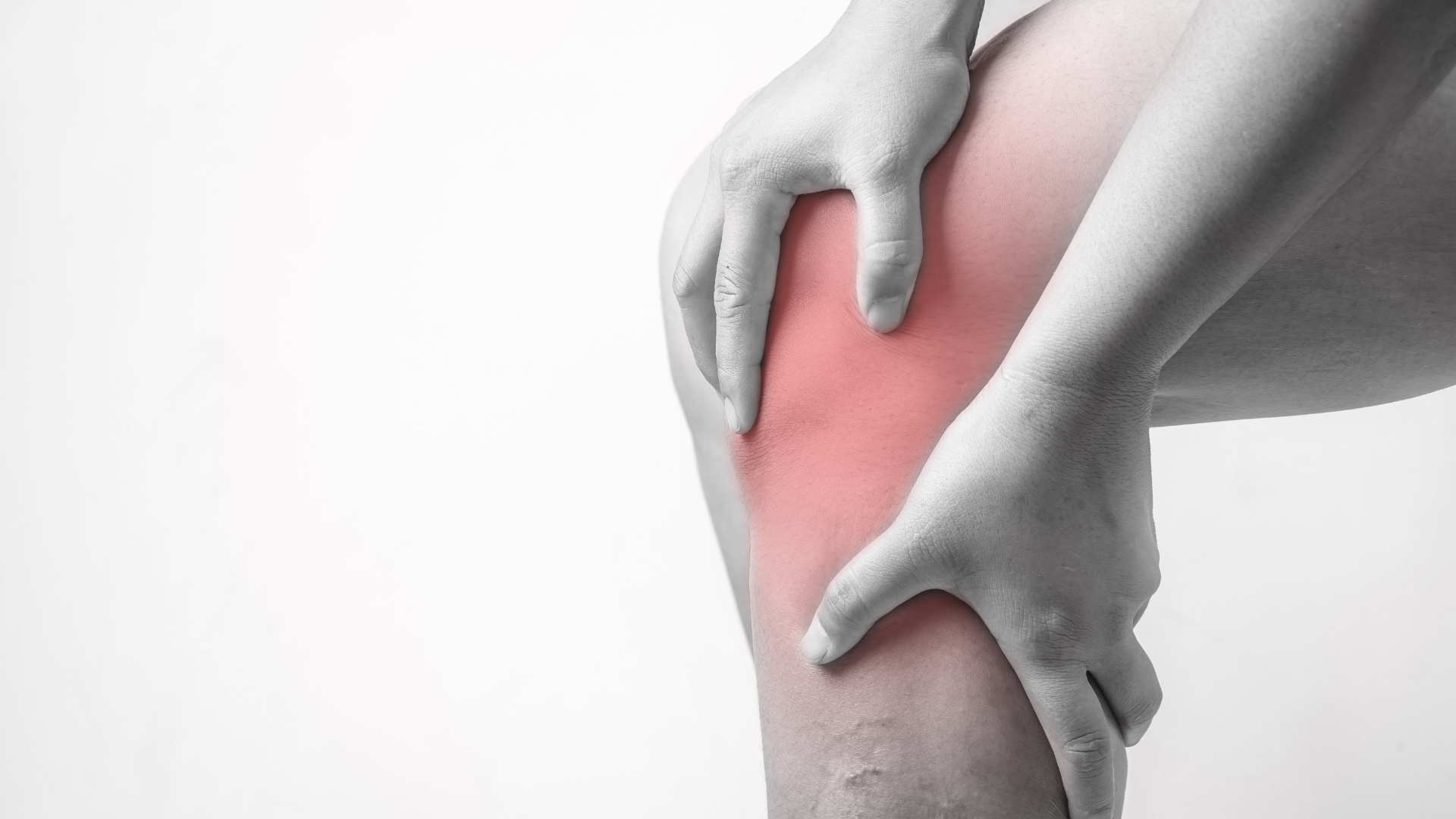
Other Medical Conditions
| Diabetes | Diabetes can damage the small nerves that control muscle movement. This condition, called neuropathy, often makes the muscles more sensitive and prone to cramping. |
| Renal disease | Kidney disease changes the body’s balance of electrolytes. Without the right levels of these minerals, there is an increased risk of spasms. |
| Thyroid disorders | Thyroid disorders, including both underactive and overactive thyroid, can disturb metabolism and muscle function. These shifts often show up as muscle stiffness, weakness, or cramping. |
| Liver disease | Liver disease can also play a role by interfering with the body’s ability to process nutrients necessary for muscle and nerve health. |
| Metabolic disorders | Metabolic problems, like vitamin D deficiency, are additional triggers that can make muscle fibers more irritable and prone to spasms. |
Medications
Some medicines can increase the chance of muscle spasms behind the knee, either by disturbing electrolytes, reducing blood flow, or directly affecting muscle tissue:
Diuretics | Diuretics are prescribed for high blood pressure and cardiovascular problems. They help the body lose excess water, salt, and electrolytes. Low levels of these minerals can trigger painful muscle spasms. |
Statins | Statins are used to decrease blood cholesterol levels and reduce heart disease risk. A well-recognized side effect is muscle pain and cramping, and studies show that up to 10% of patients taking statins develop muscle-related symptoms |
Beta blockers | Beta blockers, used to treat conditions such as high blood pressure, arrhythmias, or migraines, can sometimes reduce blood flow to the muscles. This limited blood flow may cause the muscles behind the knee to spasm. |
Bisphosphonates | Bisphosphonates are medicines used to treat osteoporosis. They occasionally get linked to muscle cramps as a side effect. While not as common as with other drugs, the spasms can still affect the muscles around the knee. |
Idiopathic
In many cases of knee spasms, no single cause can be identified. These are called idiopathic spasms. They often occur at night (nocturnal cramps) or after inactivity. They are common among older adults and may reflect age-related changes in muscle excitability.
How to get rid of muscle spasms behind the knee with ANF Therapy® ?
Muscle spasms behind the knee often feel like a sudden, sharp tightness or cramping, usually in the hamstrings or calves. ANF Therapy® or Amino Neuro Frequency Therapy is a frequency-based approach that is designed to aid in the treatment, prevention, and relief of musculoskeletal injuries, as well as related problems such as pain, swelling, discomfort, and limited mobility. It is also designed for use in physical rehabilitation, neuromusculoskeletal care, and supportive treatment settings.
Outcomes:
A real-world study involved 1,054 patients across 45 countries to assess the effectiveness of ANF Therapy®. Common pain areas included the lower back, knee, neck, and shoulder. As a result, pain levels decreased significantly, from 7.6 to 3.1 out of 10 with ANF Therapy®. Patients also showed reduced swelling and improved range of motion. Satisfaction was high (92/100), and side effects, such as dry mouth, headache, and fatigue, were mild and short-term, reported by 42% of patients. The results indicate that ANF Therapy® is helpful in supporting the recovery of orthopaedic injuries.


